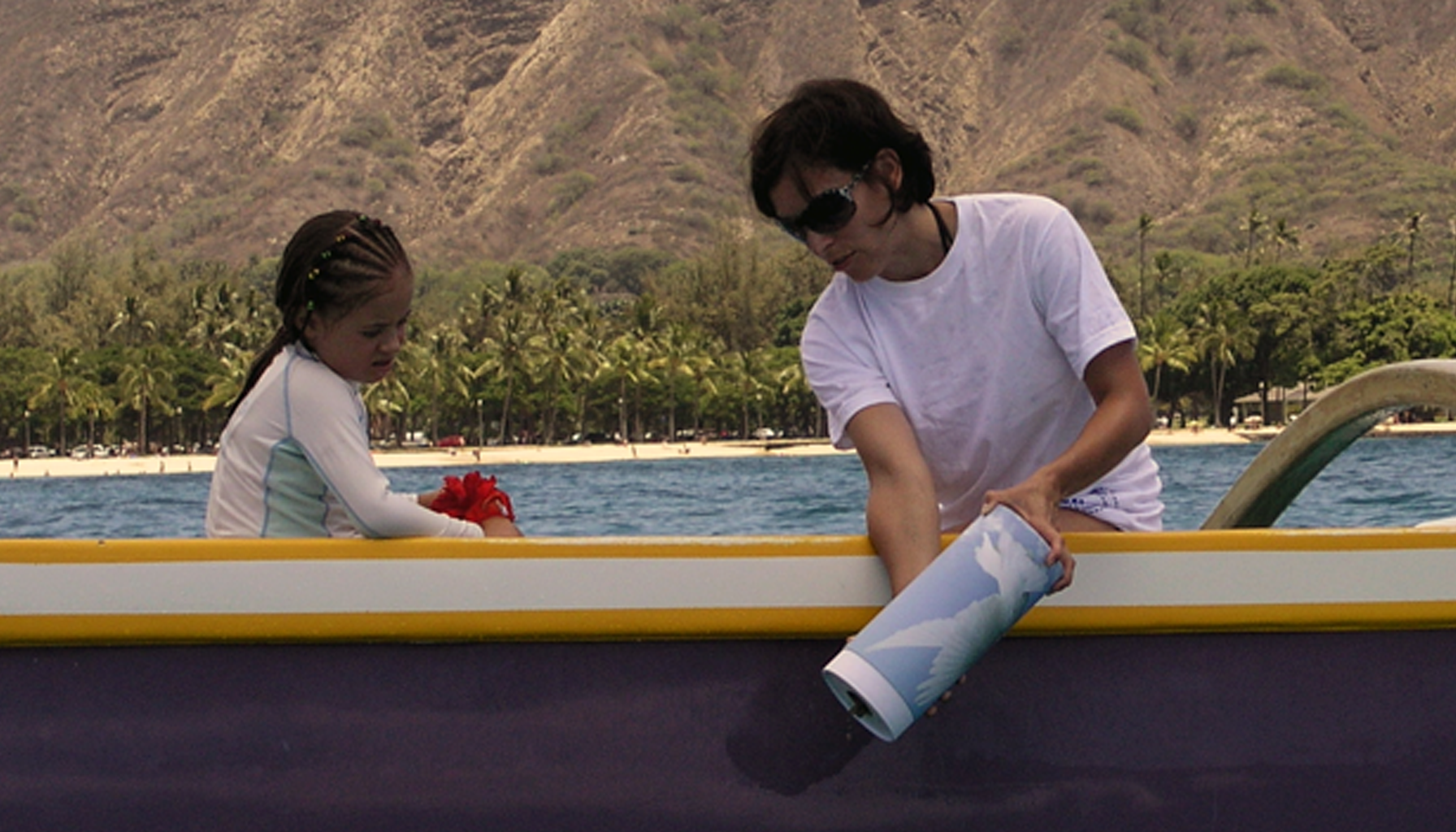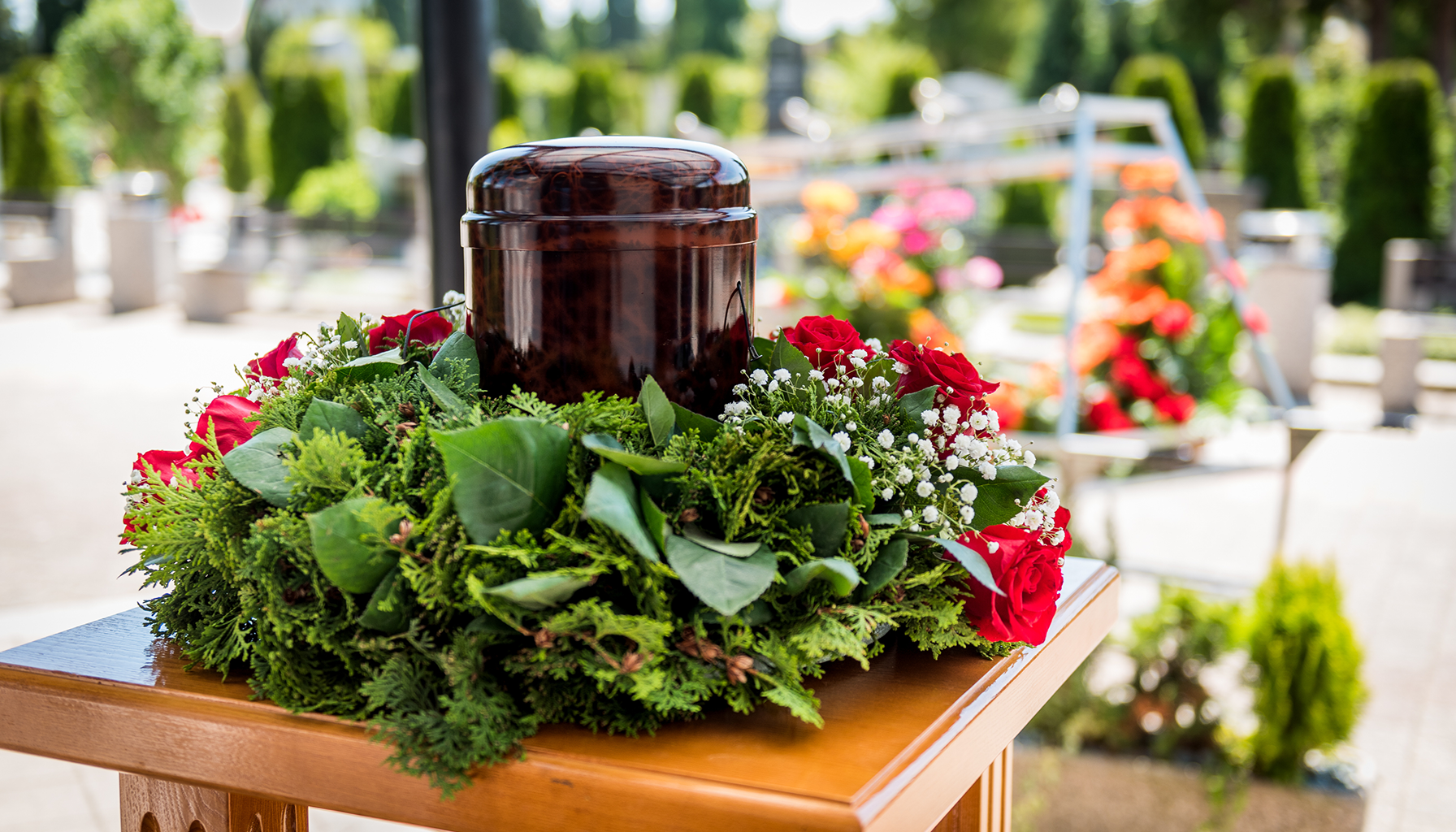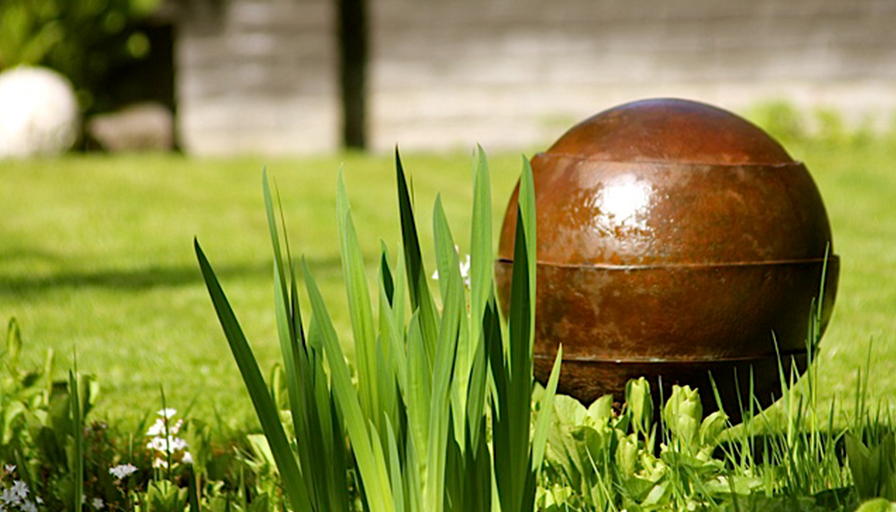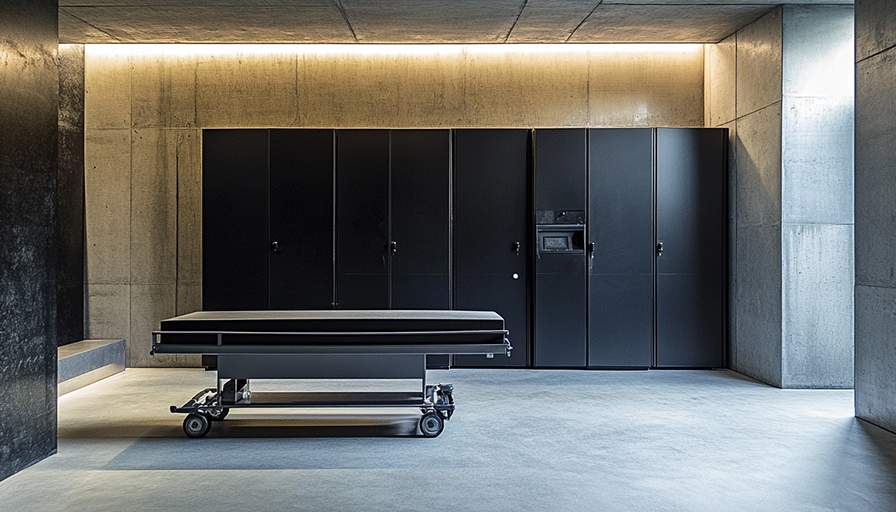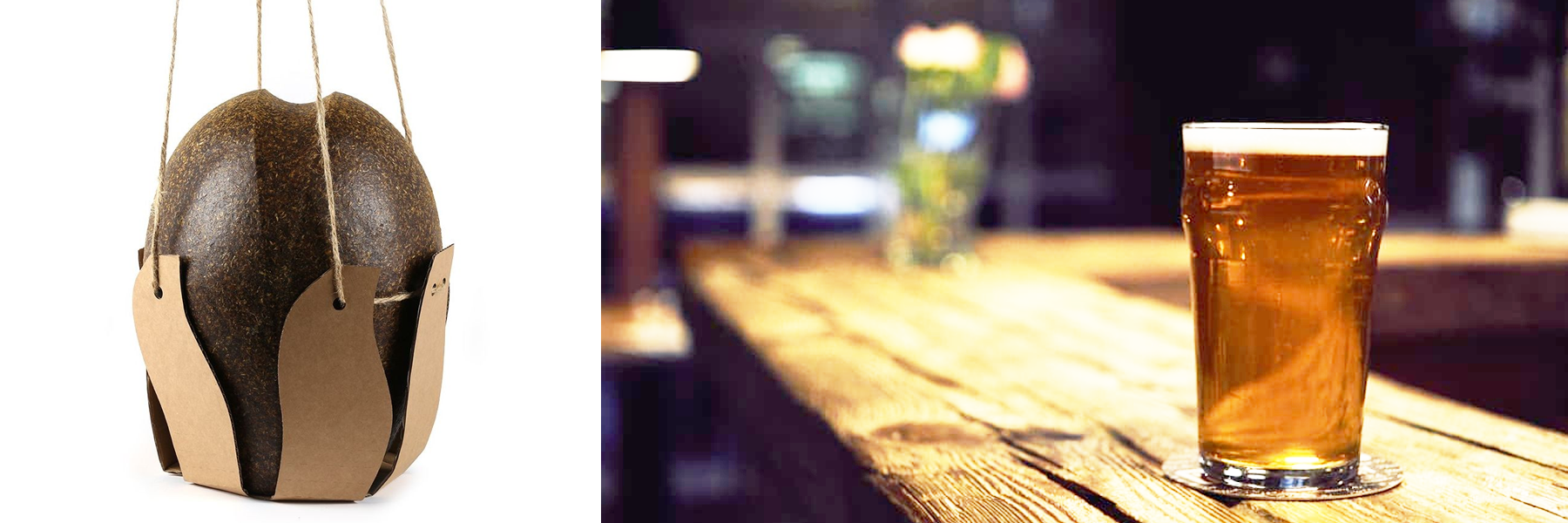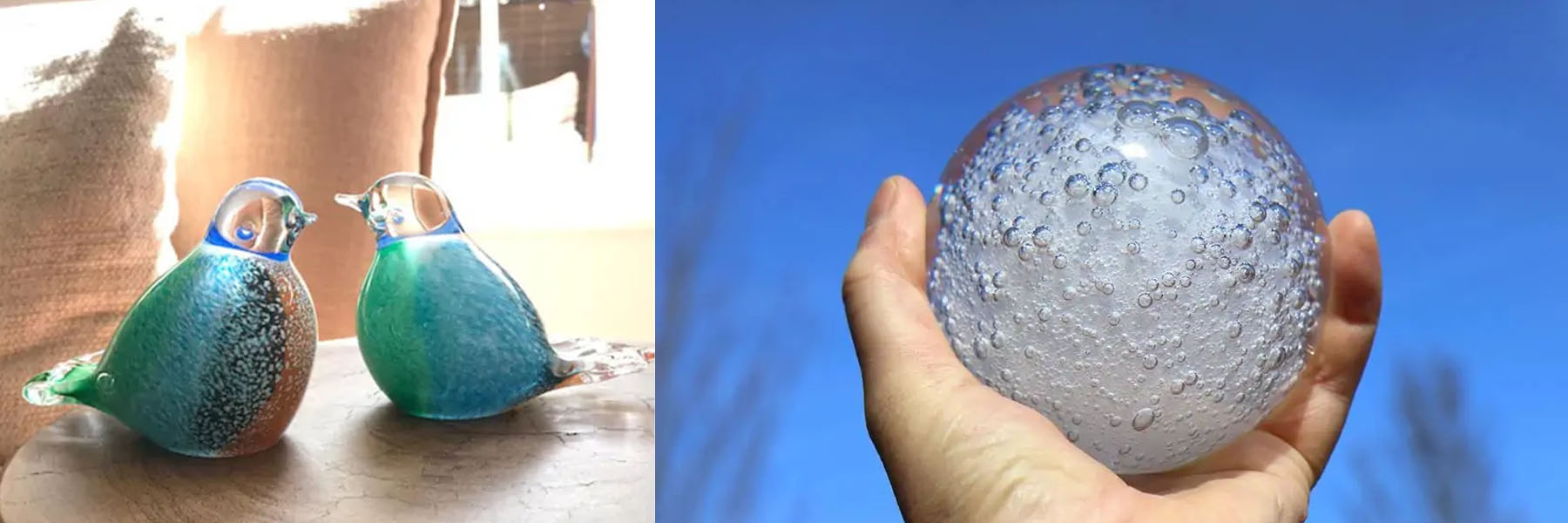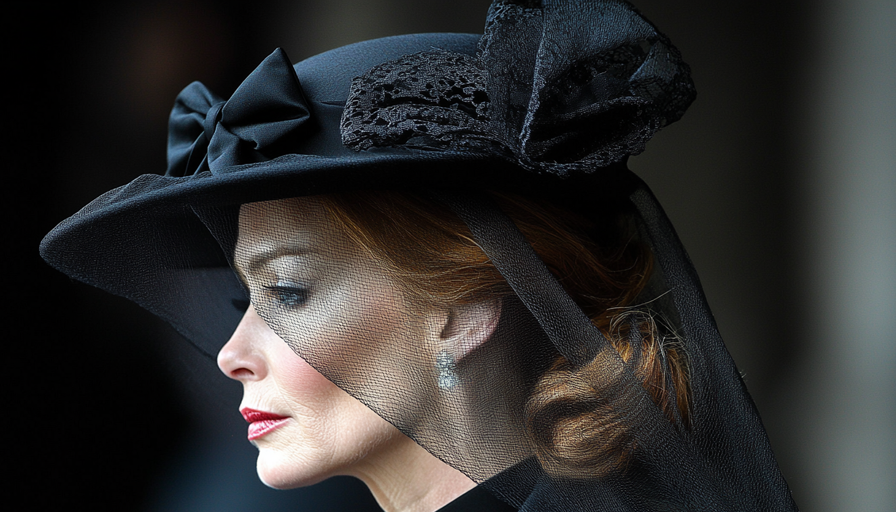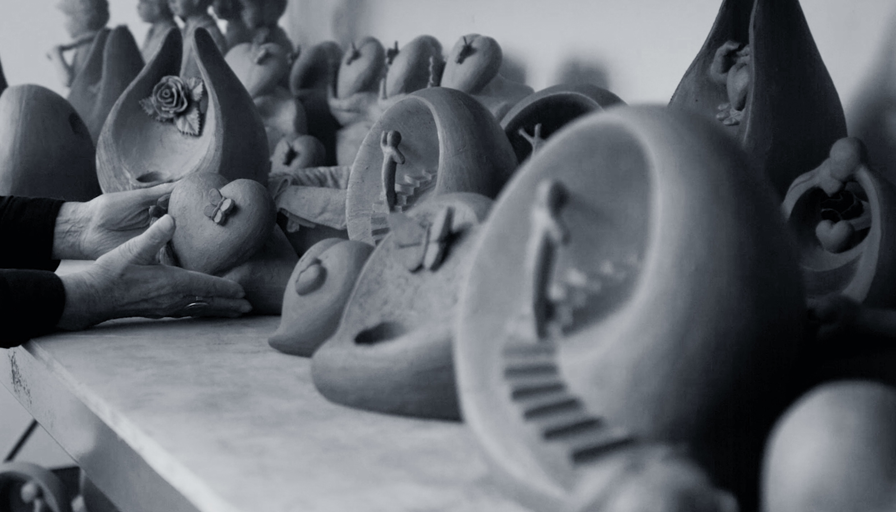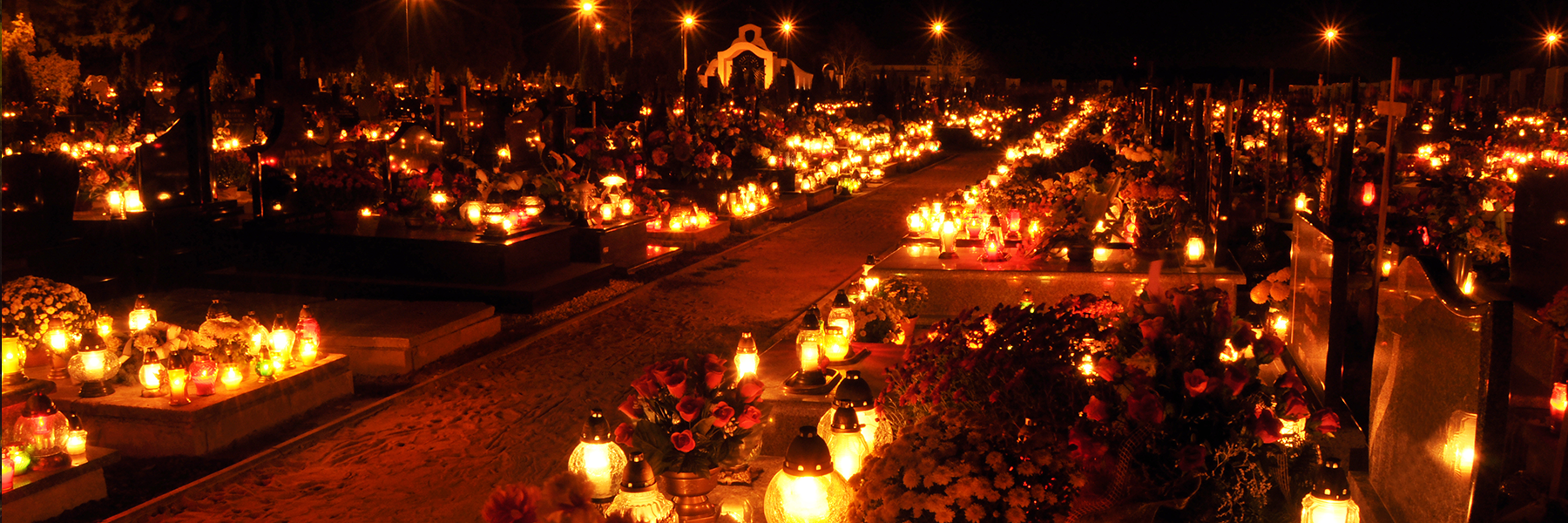Dealing with the death of a loved one is hard enough simply because of the grief that comes from no longer having them in your life. It can make things even more stressful and overwhelming when deciding how to rest them. Though it is a very emotionally draining time, there are also a plethora of logistics you need to consider. This is likely why, along with a sense of tradition, the standard practice of a coffin burial is still the most widespread. However, as more people are thinking outside of the box and are choosing to have their remains cremated, along with the cremation service, many people are now arranging scattering ashes ceremonies.
If that is the position you find yourself in, then we are here to help. We understand how messy grief can be and how complicated it can seem to arrange a funeral and ashes scattering ceremony. You probably don't want to do it without reason or meaning, but may find it difficult to think straight. This guide offers some excellent and tasteful ideas and suggestions of what you might want to do for an ashes scattering ceremony for your deceased loved one.
Why Have an Ashes Scattering Ceremony?
Before we start discussing our ideas for ashes scattering ceremonies, it's worth asking yourself whether you want to have this type of ceremony. Consider the many benefits of cremation below:
- There is no restriction to one specific spot for burial, like a plot in a cemetery or a memorial garden.
- You can hold the cremation and ashes scattering ceremony whenever you want. Standard burials, however, need to occur within a specific time since the deceased passed.
- Cremation means the remains of your loved one are easier to transport wherever you intend to take them. You can transport cremated remains by car, bus, boat, or plane.
- Cremated ashes can be scattered in creative, beautiful and personally significant ways. Meaningful objects and symbolism can be incorporated into the scattering ceremony. This kind of ceremony is excellent for giving the family and friends of the loved one a sense of harmony and peace.
- Finally, ashes scattering is the most affordable option.
Ideas for Ashes Scattering Ceremonies
Memory Box
One great way to memorialise the deceased after they have passed and been cremated is by creating a lovely memory box where everyone they knew can contribute cherished memories of the deceased. Depending on how and where you decide to scatter their ashes. The box could be buried with the ashes or kept in a safe place so that you and your loved ones can reflect on the deceased and the impact they had on your life.
Travelling With Ashes
While many people have one place that is significant to the memory of their deceased loved one, there are some people where there are many important places. If that is the case, you could travel and take their ashes to scatter them at various locations. Perhaps their favourite holiday spot or the four corners of the earth so that they are part of the world more fully.
Beach Scattering Ceremony
Did the deceased love the beach or the sea? If they did, or you have fond memories of spending with them at a particular beach or seaside resort, you could arrange a beach-based ash scattering ceremony. For doing this, you can use a scattering urn for ashes. Try to put this for when the beach is quieter so you have some privacy and can enjoy the event, but also so you don't inadvertently scatter ashes near other people.
Plant a Memorial Tree
One idea for a scattering ceremony that is becoming increasingly popular is planting a memorial tree. You could plant a flower or tree in a significant and special place during the scattering ceremony to give it a more personalised touch. It can be nice to choose a secret spot and then provide details to family and friends so they can visit somewhere to quietly reflect on the deceased.
Fireworks
Another choice that is growing in popularity is having cremated ashes turned into fireworks. Many companies will now do this for you. This allows you then to put on an exciting display in the sky as part of the ceremony to celebrate the life of the deceased loved one. You can either decide to have the fireworks set off by a professional company or decide to do it yourself.
Campfire Ceremony
For a more informal and quieter affair, you could opt to have a bonfire or simple campfire where you and the family and friends of the deceased could gather. Then, with the crackling of the fire, everyone can share stories of the deceased, sing songs, recite poems or even offer prayers. Many people include the urn in the ceremony and pass it around the campfire. When it's time to release the deceased's ashes, you could then scatter them onto the campfire or bonfire, symbolising rebirth and returning to the universe.
Goodbye Note
Saying goodbye to people when they pass is extremely difficult to do. One way you can get the closure you need, in a lovely way, is by writing a letter or note to the deceased. You can use this to describe and express your grief, love, or distress. Some people then take the note or letter and bury it with the deceased's ashes. Some crematoriums will offer the choice that family and friends of the deceased can write notes on biodegradable paper that holds tiny seeds. Once scattered with the ashes, they eventually grow into flowers.
Songs and Poems
One great way to memorialise and celebrate the life of your recently passed loved one is by reading poems or singing/playing songs that were significant to them during the ceremony. As ashes scattering ceremonies are hugely personal, you can decide when certain songs or poems will be used, and you can even read something or play something when it comes to the moment that the ashes should be released.
Floating Candles and Flowers
Perhaps you are interested in having a water-based ash scattering ceremony for the cremated remains of your deceased loved one. If that interests you, you should hold it just after nightfall, dusk or early dawn. A beautiful addition to this type of ceremony is to place candles and flowers in floating baskets and push them out. It's important to note that this idea is best suited to calm lakes or rivers.
If you are not planning to recollect the ashes or the baskets. You need to make sure everything is environmentally friendly and will positively impact the river or lake or the sea life and wildlife that use it or live near it. Baskets can be created from woven grass or leaves, and candles can be made from 100% biodegradable materials.
Release Butterflies
You could release several butterflies into the sky for a special ashes-scattering ceremony that you and your loved ones will remember. As well as being a beautiful sight, there is symbolism in this idea connected to the transition from life to death, harmony, and freedom. Butterflies are also pollinators that help further the growth of flowers, plants, and nature.
One common practice is the release of doves, but this is not encouraged or recommended as it can harm the birds. Many domesticated doves, the kind you would likely use in this ceremony, cannot survive in the wild.
Different Methods of Scattering Ashes
There are various methods of scattering ashes; some are more common than others. If you find it all intimidating and confusing, this section highlights the most common ways.
Ground Scattering
This is the most traditional way of scattering ashes. As you may have guessed, it involves scattering ashes on the ground. It is up to you whether this is a favourite spot or somewhere they have always wanted to go to but have yet to get the chance. Places that have some personal connection or association with the deceased are popular. Some cemeteries have specific areas set aside for scattering ashes.
Green Burial
A green burial is basically burying ashes in the ground and letting them scatter naturally. This is done by placing the ashes in a biodegradable urn or directly into a hole. Another type of green burial involves a tree, plant or flower planted on the plot of land where ashes have been scattered. The ashes are mixed into the soil, and the seedlings or seeds are planted. Ashes can help fertilise the tree, plant or flower as it grows. This is a suitably symbolic choice, as it helps to contribute to the natural life cycle. This also provides a beautiful and natural marker for where the ashes were scattered.
Water Scattering
With water scattering, ashes are scattered over water. You can use a biodegradable urn for water burial. This can be done at a body of water like an ocean, river or latke. You can also use a boat.
Air Scattering
As you may have guessed, air scattering of ashes involves them being scattered into the air, generally from someplace high. Often, this is done from the edge of a cliff or mountain, but other people have done this with a drone, air balloon, helicopter, or plane. This is often chosen for someone who loves extreme sports or travelling, or has an affinity with the sky and air.
This is a more complicated choice and will generally involve a third-party service provider.
Some Rules and Regulations About Scattering Ashes to Consider
While it's true that scattering ashes is a legal practice in many places, you should still check with the local authority to ensure that you don't stay within the law. There are also rules for the following:
Private Properties
If you intend to scatter the ashes of a loved one on private properties that are not owned by you, you need to make sure you have permission from the owner to do so. For most national parks, you can scatter ashes, but it's a good idea to confirm this with the local park authority in your area. It is generally their concern that it causes no environmental issues.
Water Scattering
There are some regulations for scattering ashes in water. For instance, when scattering at sea, you must ensure you are at least three nautical miles away from the coast. Some environmental agencies require you to contact them before doing it or at least within 30 days.
Plane Travel with Ashes
If you must travel with ashes on a plane, you should always ensure they are in your carry-on luggage. Some airlines, though, don't require the remains to be brought on and put into the checked baggage, so always ask. You should also check the security regulations for airports you are using.
When travelling with ashes to a foreign country, you must refer to the local embassy to find out the laws for bringing and scattering the ashes there.
Considerations to Make When Scattering Ashes
If you decide to go ahead with an ashes-scattering ceremony, there are some essential considerations you need to make. Including:
- Are you going to have a site marker? This is important – you need to think about whether you want to have a marker for the site where the deceased's ashes have been scattered. Some people like to do this with a sign or a carved stone.
- Will you scatter all the ashes in one location or multiple locations? While many people scatter ashes in one area, others prefer to scatter their loved one's ashes in various places. You need to decide which way you would like to do it. You must also choose whether other family members or friends would like some ashes to scatter themselves. You may also scatter a large percentage of the ashes and then hold onto the rest in the urn.
- Are you going to have any multimedia options for your ceremony? While photographs and videos are more readily associated with weddings and more upbeat events, many people like to keep photos and videos to keep the memories alive.
- What direction will the wind be blowing during the ashes scattering ceremony? You may want to think about this, but if you are going to scatter ashes, you need to consider which way the wind is blowing to avoid the ashes blowing into the faces of you and the other attendees. The most important rule is that you don't scatter ashes against the wind; you spray them in the same direction the wind is blowing.

